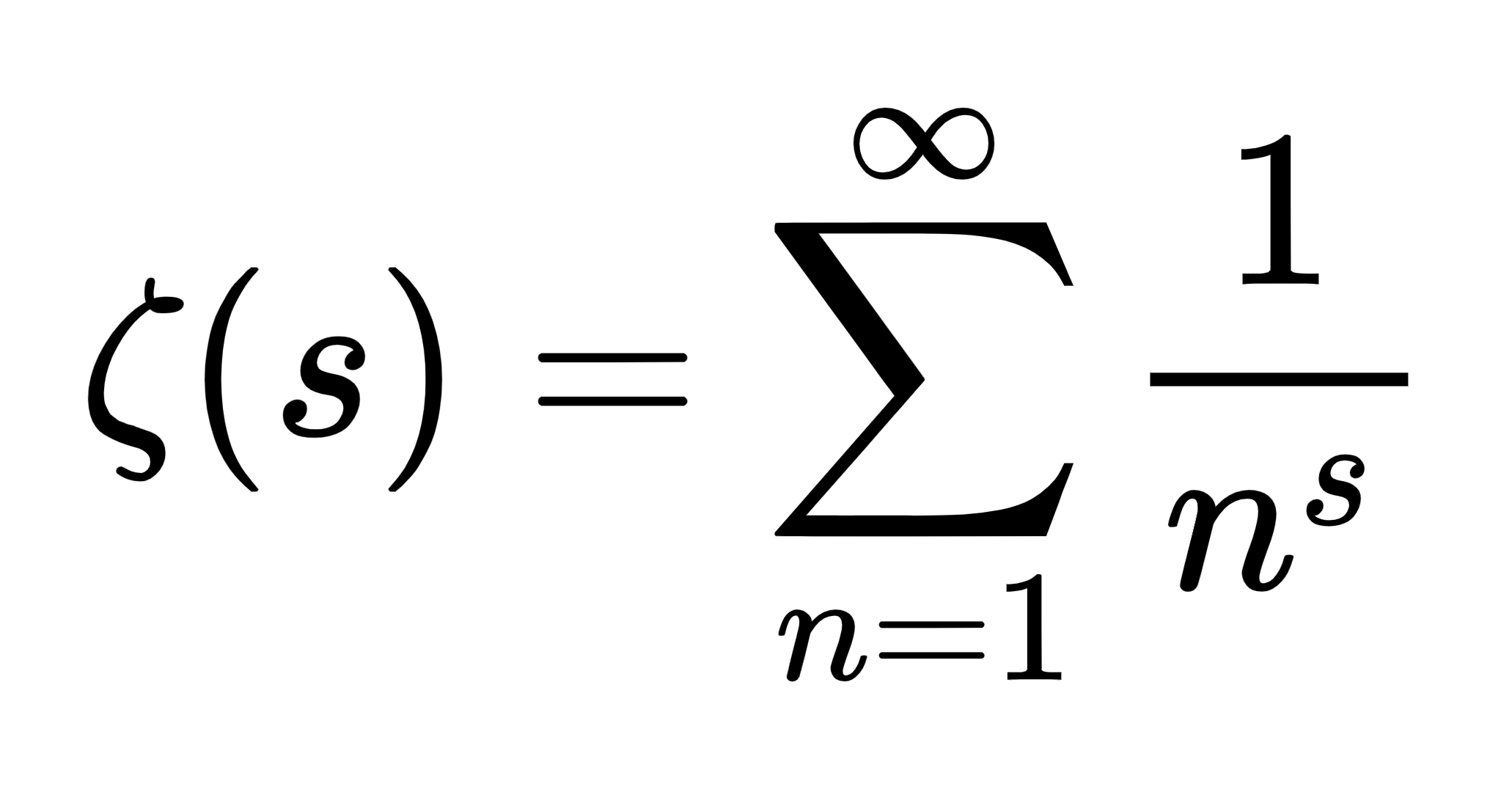A while ago, one of my good friends showed me the problems he had to solve at the National phase of the Traian Lalescu contest. The first problem seemed rather interesting, and, as the title says, it involves an equality for the Sylvester inequality. As you may know, the Sylvester inequality states that, for two matrices \(A\) and \(B\) in \(M_n(C)\), \(rank(AB)≧ rank(A)+ rank(B)-n\). In this article, I will prove that, for any matrix \(A\) in \(M_n(C)\), \(n≧2\) and for any polynomial \(f\) of degree \(m≧1\) with the free coefficient \(a\) different from 0, we have that \(rank(f(A)*A)=rank(f(A))+rank(A)-n\).
Solution:
We know the fact that the rank of a matrix is the dimension of the image of the morphism associated with the matrix. By the dimension theorem, \((dim(Im (f(A)*A))+dim (Ker (f(A)*A))=n\), so \(dim(Ker (f(A)*A))=n-rank(f(A)*A))\), and, by using the dimension theorem for the other matrices and re-writing the equation in the conclusion, we need to prove that \(dim Ker(f(A)*A))=dim Ker (f(A))+dim Ker (A)\).
We shall now prove that \(Ker (f(A)*A)=KerA⊕Ker(f(A))\). First of all, let's prove that the direct sum between the two vector spaces exists. Let \(Z\) be an element of the Kernel of A different than 0. Thus, \(AZ=O\). Let m be the free coefficient of f. Thus, \(f(A)*Z=m*Z=O\) only if m is 0, which is false. Thus, no element of Ker(A) is in Ker(f(A)) other than the zero vector, so we can talk about a direct sum. We know that \(dim Ker A + dim Ker (f(A)) = dim (Ker A ⊕ Ker (f(A))\). Let us write \(W=Ker A⊕ Ker f(A)\).
We shall get back to proving that \(W=Ker(f(A)*A)\). Let \(Z=xX+yY\) be an element of W. We shall prove that it belongs to \(Ker(f(A)*A)\). \(f(A)*AZ=f(A)*A*(xX+yY)=f(A)*A*xX+A*f(A)*yY=O\), so we have proved that W is included in \(Ker(f(A)*A)\). Conversely, let \(Z\) be an element of \(Ker(f(A)*A)\). \(f(A)*A*Z=O\), so \(AZ\) belongs to Ker(f(A)). \(A*f(A)*Z=O\), so \(f(A)*Z\) belongs to \(Ker(A)\). Since \(AZ\) belongs to Ker(f(A)), \(f(A)*Z-aZ\) belongs to the Kernel, too. Using the assertion that we've proven earlier, that W is included in \(Ker(f(A)*A)\), we get that \(f(A)Z-f(A)*Z+aZ\) is included in \(Ker(f(A)*A)\), so \(Z\) is included, too, because m is different than 0. Thus, \(Ker(f(A)*A)\) is included in W, and this implies that W is equal to \(Ker(f(A)*A)\). This concludes the proof.
The problem in the contest was a bit different, because the polynomial the jury chose was f(A)=mI-A. The generalized problem that I solved is much more interesting though. I always wondered how to reach the equality in Sylvester's inequality, and this problem sheds some light on that. However, this isn't my biggest curiosity in the realm of linear algebra. Back in the 11th grade, I was so scared of failing at the Olympiad, that I started dreaming problems at night. Here's one that I have no idea how to solve: what is the number of nilpotent matrices of order n with all entries being either 0 or 1? Of course, for n odd, there are no such matrices, but what happens for even n? I asked a friend to make a computer program, so we could compute the number. We did n=2 and n=4, but n=6 would have taken a few days to compute, so we gave up. If you know the solution to the problem I dreamt, make sure to send me a link in the comments! Tune in next time, for something completely random!
Cris.

